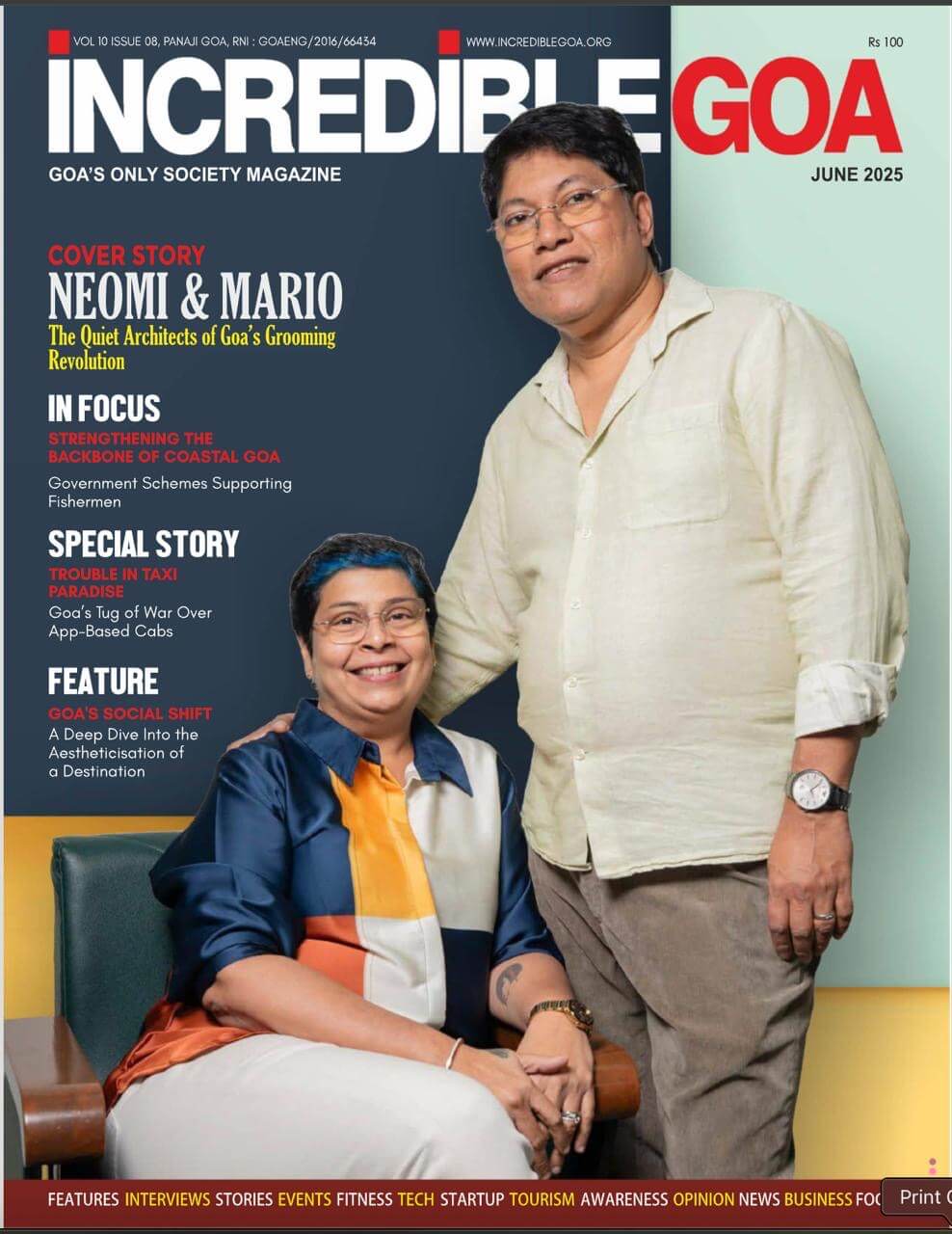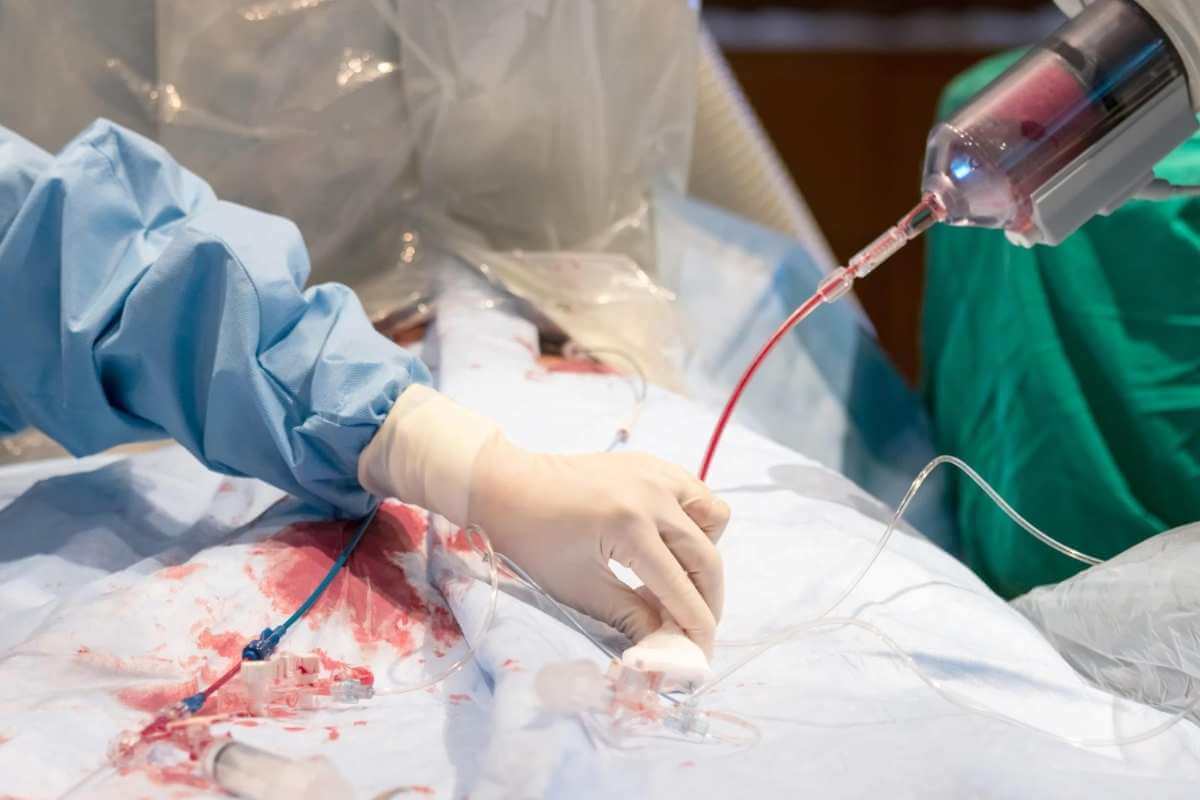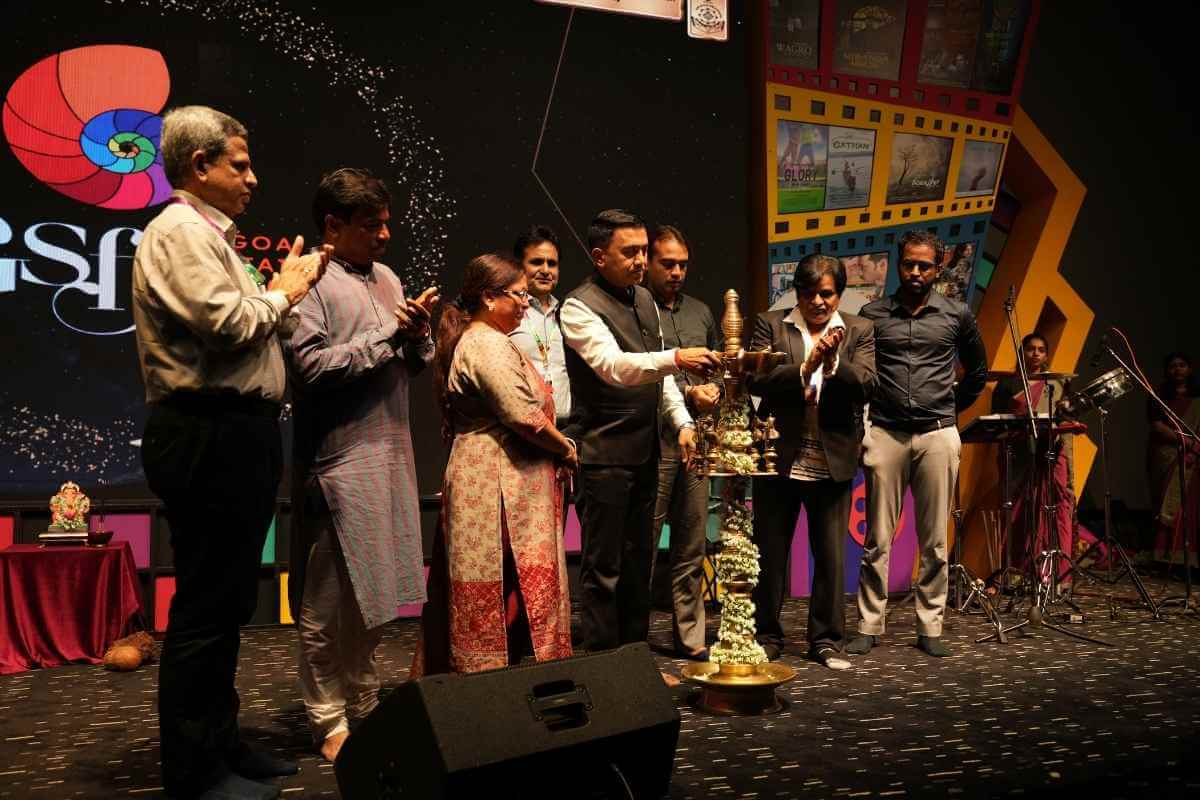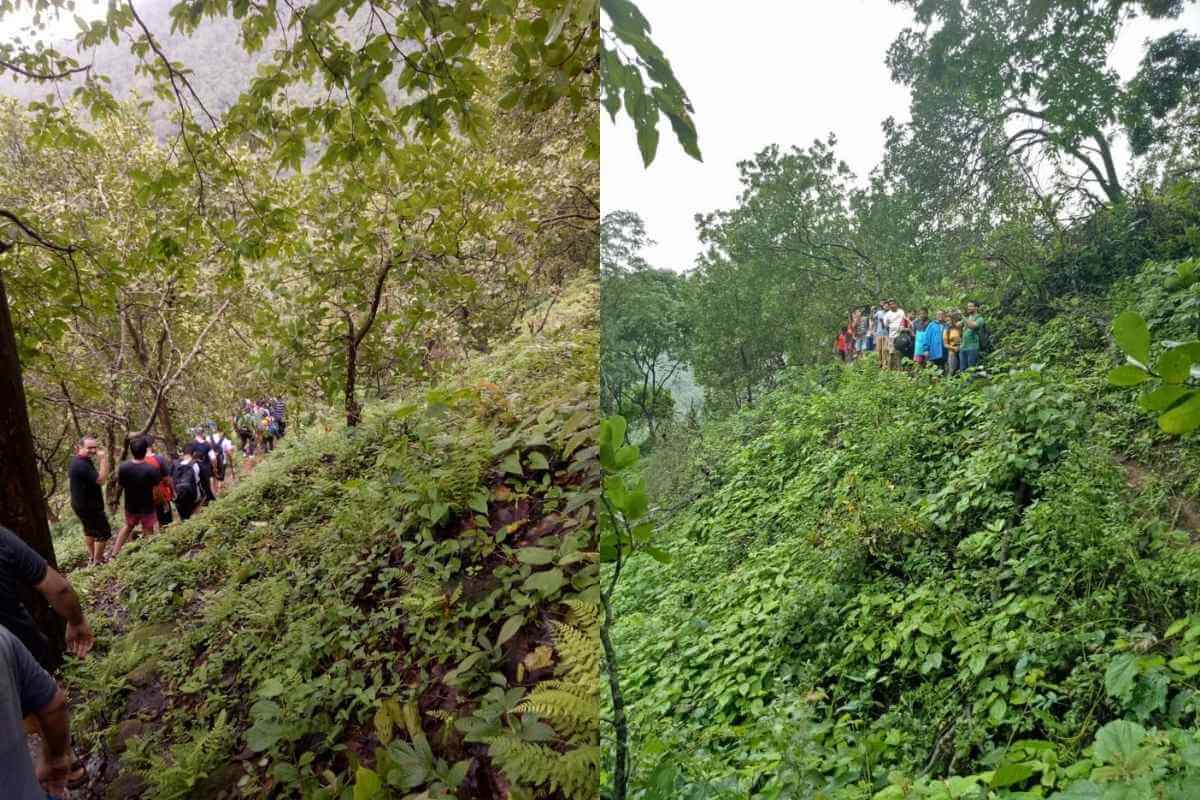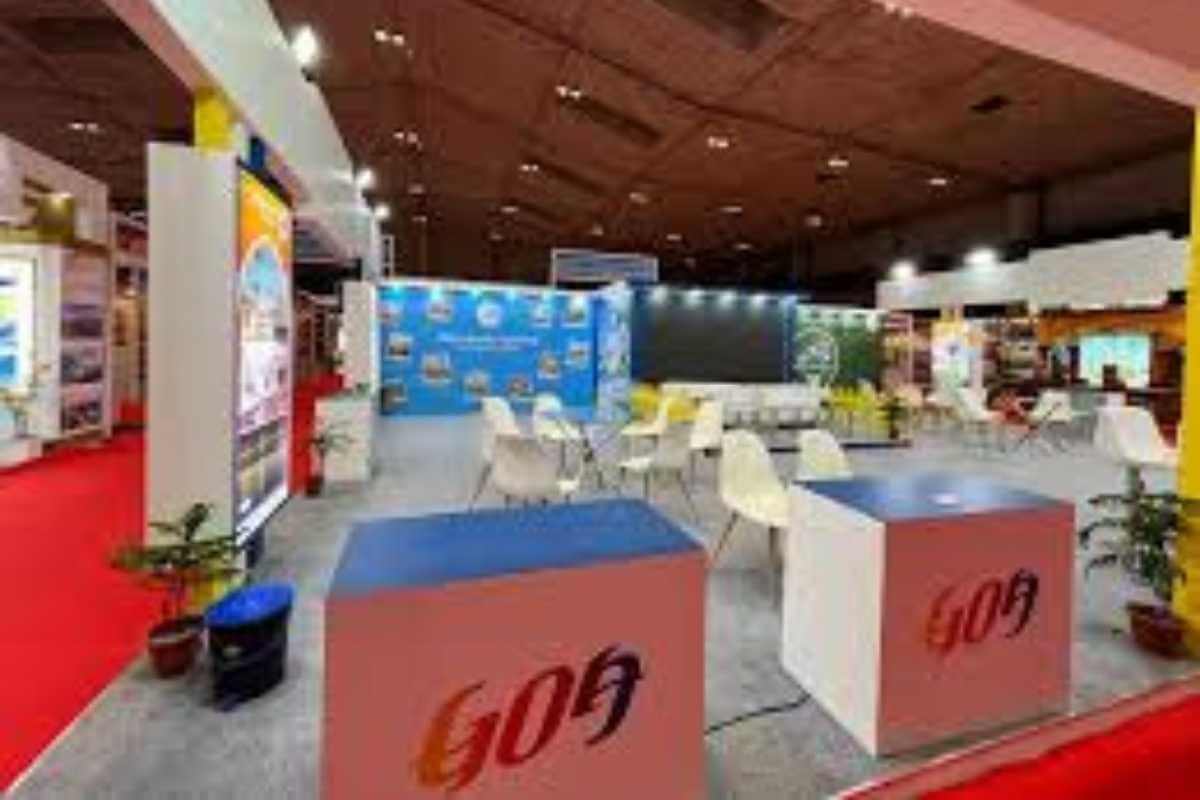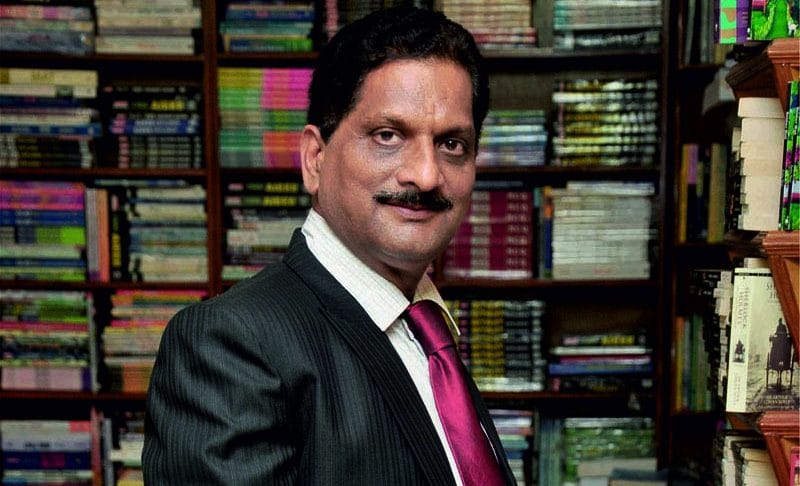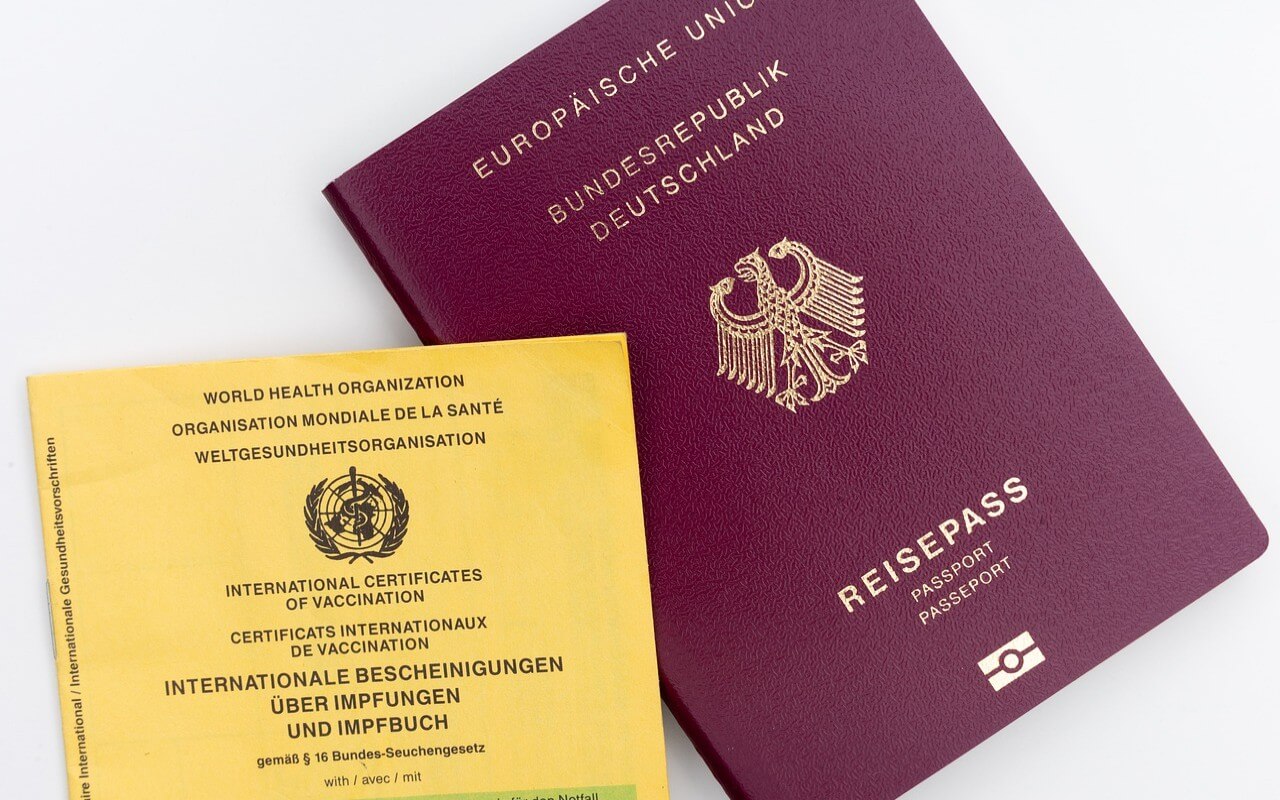The Hindu pantheon of gods has one lord for each quality found to be admirable in a human being. The foremost of all is Ganesha. He is the remover of all obstacles, the one to be prayed to before beginning anything. The son of Shiva and Parvati, his wisdom is unchallengeable. His birth is as unusual as his elephant head! But even more unusual is his choice of vehicle – a mouse! But all these peculiarities arise due to the fact that they are all symbolizations. The vast heaps of knowledge our ancestors possessed, they chose to pass onto juvenile minds bit by bit, through mythologies, and traditions. And these stories and traditions are remembered and shared on festival days. Ganesh Chaturthi is one of the biggest festivals celebrated in Goa. But what is so special about this? Well read on and you will know!
Ganesh Chaturthi is the celebration of the day Ganesha was born. It also marks the end of the monsoons in India. A clay idol of the tusked lord is brought home symbolizing his arrival, amid great music and cheer. He is made to stay from 2-21 days during which time homes are abuzz with daily poojas, elaborate meals with lots of varieties of sweets most importantly Modak which is reputed to be the lord’s favourite, and readings of his life story.
But for Goa, it holds a unique charm. This is one time when all the families in Goa come together to celebrate a festival collectively. What is so unusual about a family get together you might say? Well by family here I mean all the cousins, grandparents, uncles, aunts, whoever you can think of, from whichever country they have migrated to – family in Goa spans more than two-three generations. It could be 50-200 people all under one roof, singing songs of Ganesha and preparing naivedya. It is a festival that acts as a magnet between families once a year. This distinctive aspect of celebrations makes Ganesha’s birthday all the more exciting in Goa.
But how did this practice start?
We did some digging around, met some people, and celebrated Ganesha’s birth with one of the oldest families of Goa to know all about it.
The Earliest Families
Back when Goa was a cluster of islands watered by creeks and the Mhadei River, it was taken as a refuge by the migrating Saraswat Brahmins. As their family grew, so did the others’. Some native families of Goa include that of Kamat, Kenkre, Lawande, Caculo, Vagade, and Dhonde families. They lived on the Island of Panjim. Further away in Netravali lived Prabhu Desai’s ancestors. After 300 years, their haveli remains intact till today, with the traditional old style of two courtyards within the house. South Goa also has many big families that have remained together. No matter how far their succeeding generations wandered, these families managed to maintain their respect, links, and possessions. Due to that, these are also some of the families that the locals look up to. Their strong sense of God has made them extend help to their fellow Goans every now and then. When these families celebrate Ganesh Chaturthi, their gatherings then undoubtedly exceed the two-digit charts.
 The Mhamai Kamat family conducts the Anantha Vrat on the eleventh day of Ganesh every year where they serve meals to all the people. Similarly, the Khedekar’s family is flocked by all the villagers on the final 5th day to participate in ghoomat aarthi, fugdi dance, and meals.
The Mhamai Kamat family conducts the Anantha Vrat on the eleventh day of Ganesh every year where they serve meals to all the people. Similarly, the Khedekar’s family is flocked by all the villagers on the final 5th day to participate in ghoomat aarthi, fugdi dance, and meals.
A splendid function of festivals is that they teach us to give and share generously. One such person who shared this festival very openly with us was Aryan Khedekar of 92.7 Big FM fame and also a popular actor. A warm invitation to join the celebrations disclosed pleasant details of Goan family traditions and wonders of this festival.
Ganesha brings the family together
Families living in the hinterlands of Goa have still maintained contact with their far extended family members too. Aryan’s family of Khedekars is scattered across different parts of Goa, but their ancestral home lies in the interior hilly area of Savoi Verem. The hillocks kept the Portuguese at bay, so their family thrived, and so did their age-old customs. Aryan told us, “Our family is big. We celebrate Ganesh for 5 days, and each day the cooking is done to cater for 250 people from family and visitors. We have two cooks. We still follow the tradition of wearing pithambri, chanting and doing avartans of the Ganesh stuti in the mornings, and conducting pooja and aarthi every day. My sister’s family is also big. There are as many as 175 members there. My sister-in-law’s family also includes more than 150 people.”
 Aryan’s uncle, Vinayak Khedekar, was the member secretary at Kala Academy earlier but is most known for his books on Goan traditions and life. He gained his knowledge not just by studying books but through research and life. We were fortunate to meet him as he had lots to tell about the origins and practice of Ganesh Chaturthi celebrations in their family. “I was born in 1938. Around 1955 we thought three of our families were residing here. But actually, there were five! How did we realize this? Because the Ganesh was kept in one house every year turn by turn in the rotation. And the Ganesh would come back to our house only after five years! So that’s how we knew there are more members of our family.”
Aryan’s uncle, Vinayak Khedekar, was the member secretary at Kala Academy earlier but is most known for his books on Goan traditions and life. He gained his knowledge not just by studying books but through research and life. We were fortunate to meet him as he had lots to tell about the origins and practice of Ganesh Chaturthi celebrations in their family. “I was born in 1938. Around 1955 we thought three of our families were residing here. But actually, there were five! How did we realize this? Because the Ganesh was kept in one house every year turn by turn in the rotation. And the Ganesh would come back to our house only after five years! So that’s how we knew there are more members of our family.”
As all children rush to their mother, so do all families flock to the ancestral home for festivals. It is one place where the grandparents will tell stories of their childhood to their grandchildren, where the youngsters will play amongst the trees in the courtyard, and where there is ample space for the whole family to gather together for prayer. Older houses were constructed keeping the whole family and fields in mind. Vinayak Khedekar began the story of their family’s Ganesh similarly from their first home. “The entire hill in that valley is called Khede, and it was owned by us. So we were called Khedekars. The border was decided by the streams circling the hill. Our original house was on that hill. Then around 200 years ago this house was constructed in the middle of the hill’s slope on the opposite side, surrounded by areca nut plantations.”
“Subsequently some parts of the land went to others.” He continued. “We were joined by six to seven Bhageli families of workers and some Navahindu Gauda families too, who relied on us. After a few years our family slowly members migrated for work. Around 1956 some Khedekars went to Harvalem, some went to Madkai, some to Ponda and Curchorem – we all scattered. Then thirty years back, we formed one association along with other families named after our common family deity Aryadurga of Ankola – Aryadurga Seva Pratishthan – to organize festivals and celebrations. After this somehow all Khedekars came together! The Madkai and Naingini families which had not met before saw each other! We were unaware of even the existence of the family in Madkai.”
Unknown family members came to light because of the Pratishthan, but they were yet to engage in something together. Vinayak Khedekar continued with the story, “We left that house around 1957. It was difficult to live there. There were no roads or transport. The nearest road was a twenty-minute walk through the plantation, across nalas. So we made a small house here (in Raibandar) and started keeping our own individual Ganesh here. Others did similarly. However, after a few years, we decided to keep one family Ganesh in that house. In our individual homes we would keep for 1 and half days, and then everyone would visit the main house Ganesh at least to offer namaskara, which would be kept for 5 days. This arrangement proved to be marvelous! Due to the Ganesh celebrations we now know all our family members! It acted as a bridge connecting the whole family.”
Why 5 days?
Most families keep Ganesh for 1 and half days in their individual homes today and for 5 days in their ancestral homes. Vinayak Khedekar enlightened us with the reason behind this, with the example of his own family. “Originally our family worked as purohits. I started after my thread ceremony from the age of 10 itself. We were called to other houses to conduct poojas. Every pandit was given a particular Wado; it was his responsibility to provide services to the homes in that Wado. Early morning before sunrise we had to finish our morning pooja including mahanaivedya, because after that we had to travel kilometers by foot to conduct poojas in neighboring houses.
 It would be nightfall by the time we returned. This way for two days we were so busy in worshipping Ganapatis of other houses we didn’t have time for our own Ganesh! So we decided to make it for 5 days. After the 2 days, people would come over to our house, sit around the courtyard, do grand ghoomat aarthi, and sit having uslya, kanda and karanja.” But for all other families, he had a better reason. He said, “This also became one time in the whole year when the entire family got together. Since it wasn’t possible always, once they came, they stayed for few more days then left. This is the social reason behind it.”
It would be nightfall by the time we returned. This way for two days we were so busy in worshipping Ganapatis of other houses we didn’t have time for our own Ganesh! So we decided to make it for 5 days. After the 2 days, people would come over to our house, sit around the courtyard, do grand ghoomat aarthi, and sit having uslya, kanda and karanja.” But for all other families, he had a better reason. He said, “This also became one time in the whole year when the entire family got together. Since it wasn’t possible always, once they came, they stayed for few more days then left. This is the social reason behind it.”
Celebrations with the Khedekars
We experienced what Ganesh Chaturthi would be like with an entire family together. At the door entrance, they had hung the harvest called Nave. While the women took care of the children, the kitchen and the house, the men prepared for the pooja and sat together doing the Ganesh stuti avartan. The Ganesh was decked up beautifully with one corner of the house dedicated entirely to him. He had a beautiful Maatoli hanging overhead which included samples of their harvest. By afternoon the whole family, neighbours, and workers got together for the aarthi with tabla, harmonium, and cymbals. So many voices old and young singing unanimously has quite a power. This was followed by lunch served to all. A typical Brahmin meal on a festive occasion has many dishes. Aryan’s Kaku Mrs. Sangeeta described the dishes for that day – kadhi, varan, bhaat, mulyache bhaje, koshambir kākdi, panchamrut, gewar bhaji, ambaada, moogacha gathi, solkadhi and shakurunde a sweet. A plus of celebrating together is the enormous effort required for festivities gets divided. While Aryan was caught up, his brother Bipin Khedekar, engaged us in conversation about his movies and showed us around their cultivation of native vegetables, fruits like jackfruit, kokum, mango; and the supari plantation. Their house is so old that the ancient system of locking doors with wooden logs still exists! A pleased Vinayak ji told us, “We are very proud of Raja. He took the lead and renovated the house to make it livable now. So we are all able to meet at our old home.”
 At a time when families are disintegrating and becoming nuclear, this festival is working in its own secret way at bringing different generations of people together to form one big family again. In the process of celebration, people will talk, share their lives, problems, and joys, interact with the young, infuse energy into the old, and create a strong backbone to support every member in whatever they seek to achieve. This way the old are closer to the younger generation, proud of their efforts and the young are motivated to work towards the larger family. Vinayak Khedekar told us effervescently, “Our family has been here for more than 14 generations! Now because of better roads, transport and communication facilities, everyone is able to meet. We look forward to Ganesh coming home every year.”
At a time when families are disintegrating and becoming nuclear, this festival is working in its own secret way at bringing different generations of people together to form one big family again. In the process of celebration, people will talk, share their lives, problems, and joys, interact with the young, infuse energy into the old, and create a strong backbone to support every member in whatever they seek to achieve. This way the old are closer to the younger generation, proud of their efforts and the young are motivated to work towards the larger family. Vinayak Khedekar told us effervescently, “Our family has been here for more than 14 generations! Now because of better roads, transport and communication facilities, everyone is able to meet. We look forward to Ganesh coming home every year.”
Just like the Khedekars, most other families in Goa have their own stories of how they scattered and came together. But now, during Ganesh Chaturthi, they all come together to offer their namaskaras.
Everyone faces obstacles in life. In the end, we just want an excuse to leave those problems aside and enjoy life. The Goan families have chosen the best way to do it – coming together and worshipping the very lord who removes all obstacles.





